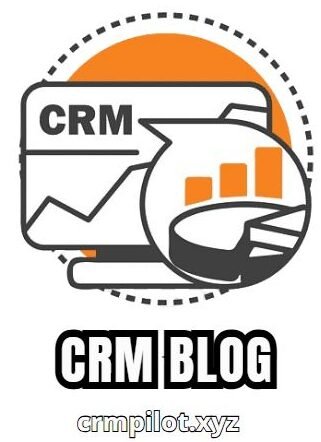In the digital era in which we live, the digitization process of small and medium -sized enterprises (SMEs) has become a necessity to remain competitive on the market. The use of a CRM system (management of customer relationships) can offer numerous advantages in this digital transformation process. A well -configured and correctly implemented CRM can be a powerful tool to optimize company operations and the development of relationships with customers.
Here are some of the key advantages of the use of a CRM in the digitization process of a SME:
1. Centralization of data: A CRM allows the centralization and organization of all relevant customers data, including contact information, previous interactions, preferences and purchases. Therefore, all team members have access to the same updated information, which leads to a more efficient collaboration and better communication with customers.
2. Management of customer relations: Through a CRM, the company can develop more solid and customized relationships with its customers. The system allows the monitoring and monitoring of interactions with real customers, offering an overview of their needs and preferences. Therefore, it is possible to offer better solutions and customers’ loyalty can be strengthened.
3. Automation of sales processes: One of the main advantages of a CRM is its ability to automate sales processes. This may include automatic generation offers, monitor the negotiation phase and manage contracts. The automation of these activities allows the sales team to focus more on direct interaction with customers and the conclusion of the transactions.
4. Performance monitoring: Through a CRM, it can be monitored and assessed the performance of the sales team, as well as other key performance indicators. It is possible to generate relevant relationships and statistics, which provide essential information for strategic decisions and to identify the opportunities for improvement.
5. Customization of communication: A CRM allows you to customize communication with customers based on their preferences and their purchasing behavior. By analyzing the data collected in the CRM, the models and trends can be identified in customer behavior, which offers a deeper understanding of their needs. This knowledge allows the creation and sending customized and relevant messages in the key moments of the purchase cycle. For example, special offers can be sent to faithful customers or it is possible to provide advice on products based on their acquisition chronology.
6. Increase operational efficiency: The use of a CRM deletes dependence on manual processes and paper. By automating and digitizing the various activities and workflows, time and efforts required to perform various operations, such as data entry, documents management or the generation of reports are reduced. Therefore, the team has more time and resources to focus on value -added activities and to manage customers.
7. Data analysis and information decisions: A CRM offers advanced data analysis features, allowing the company to obtain valuable information to make decisions. By examining customer data, their behavior and results of the sales and marketing teams, trends, opportunities and problems can be identified. This information can guide future strategies and actions, helping to improve general corporate performance.
8. Access to real information:: A CRM allows quick and simple access to customer information and their activities. Whether it’s contact details, interactions chronology or transactions phase, all team members have a complete and updated image on each client. This facilitates communication and collaboration between the departments and guarantees a coherent experience for customers.

9. Improve collaboration: A CRM allows a more efficient and transparent collaboration between the different departments of an SME. The information is centralized and accessible to all the members of the team, which facilitates the transfer and coordination of knowledge. The sales team can communicate with the marketing department to develop lead generation strategies and the service department can collaborate with the sales department to provide after-sales support. Through a CRM, all departments can work integrated, with a common vision on customers and company objectives.
Latest Posts Published
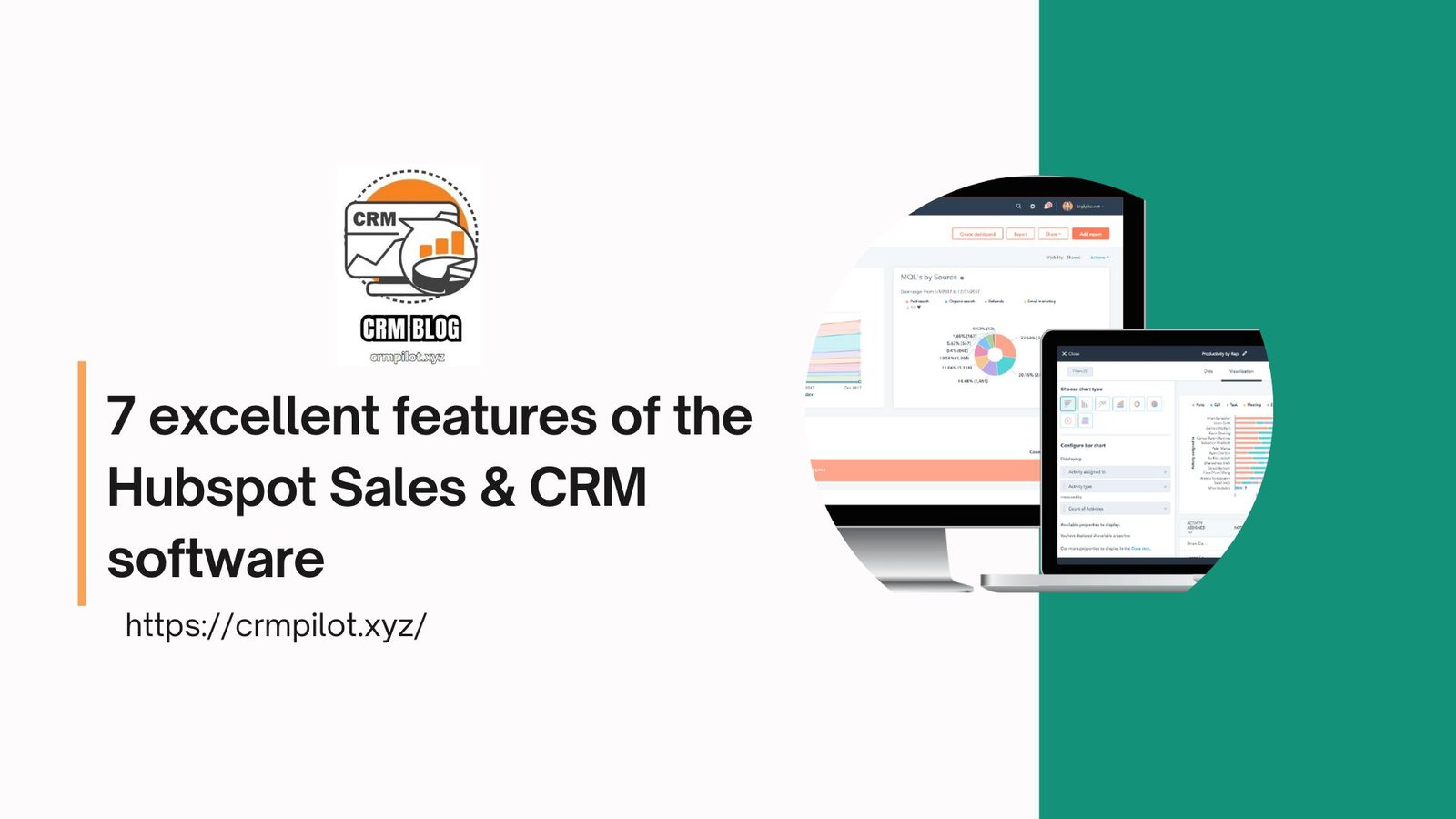
7 excellent features of the Hubspot Sales & CRM software that will help you close multiple offers
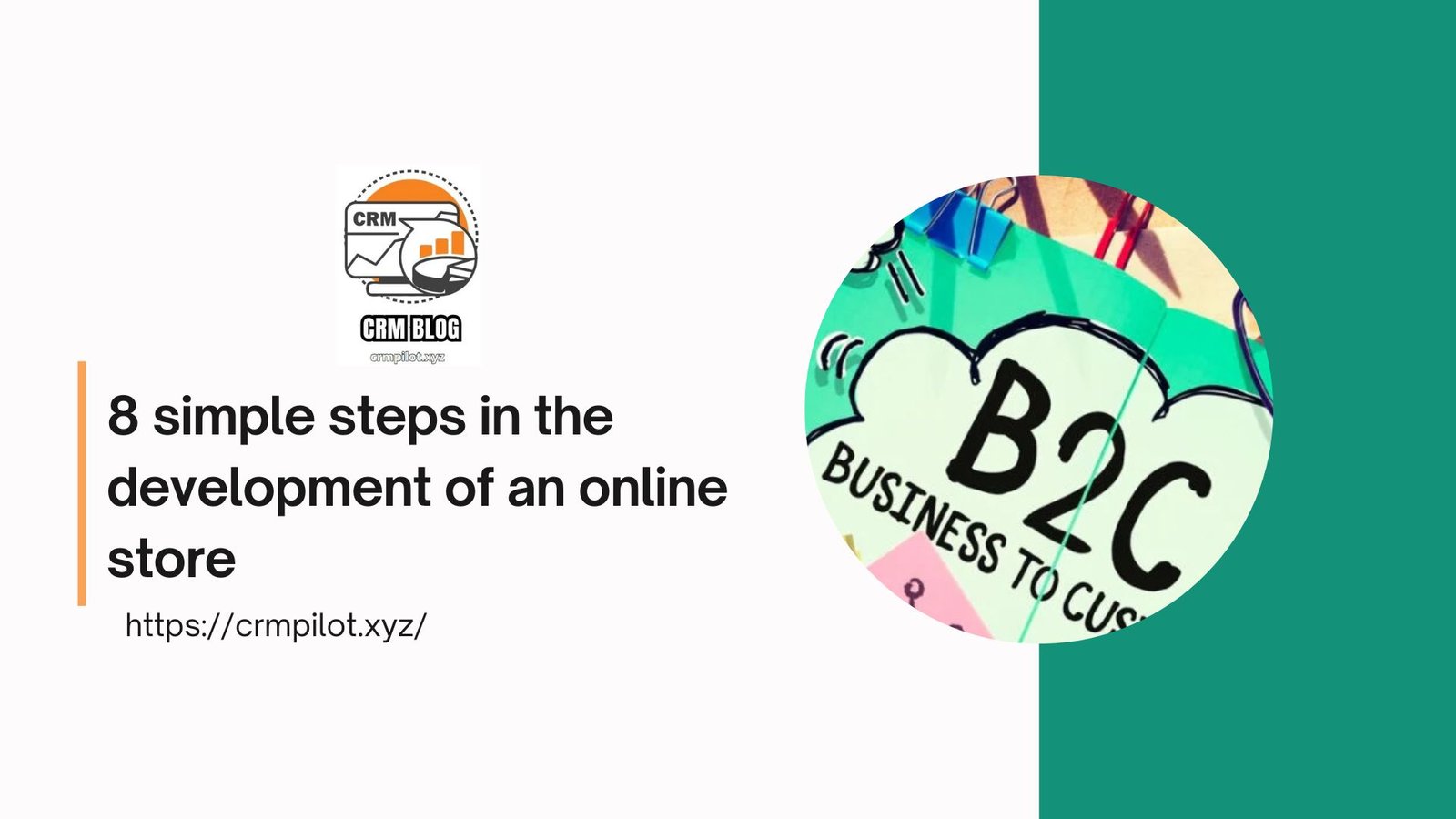
8 simple steps in the development of an online store

How to go from Excel to an activity management program

E-Facing: period of grace until May 31st
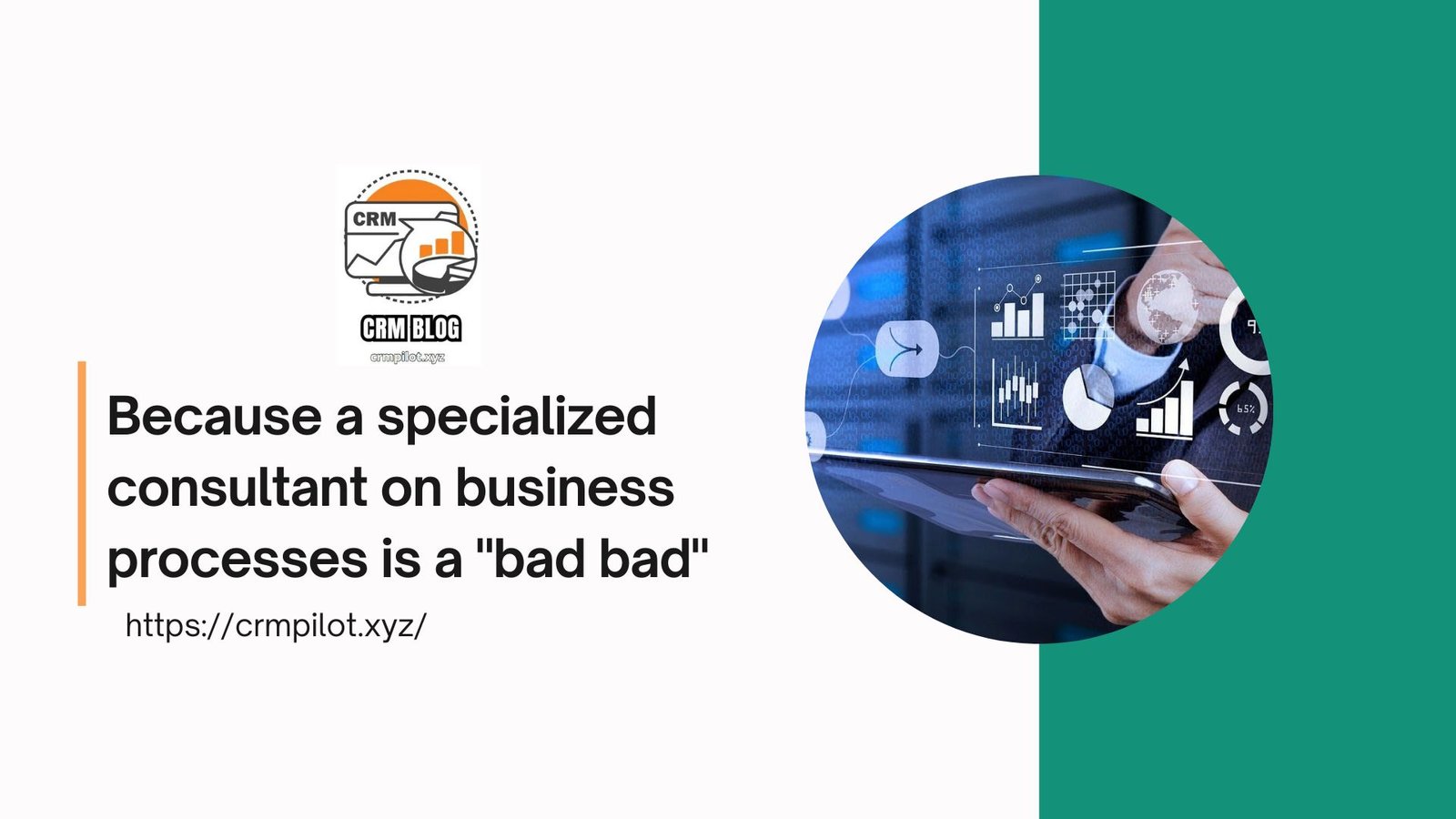
Because a specialized consultant on business processes is a “bad bad”
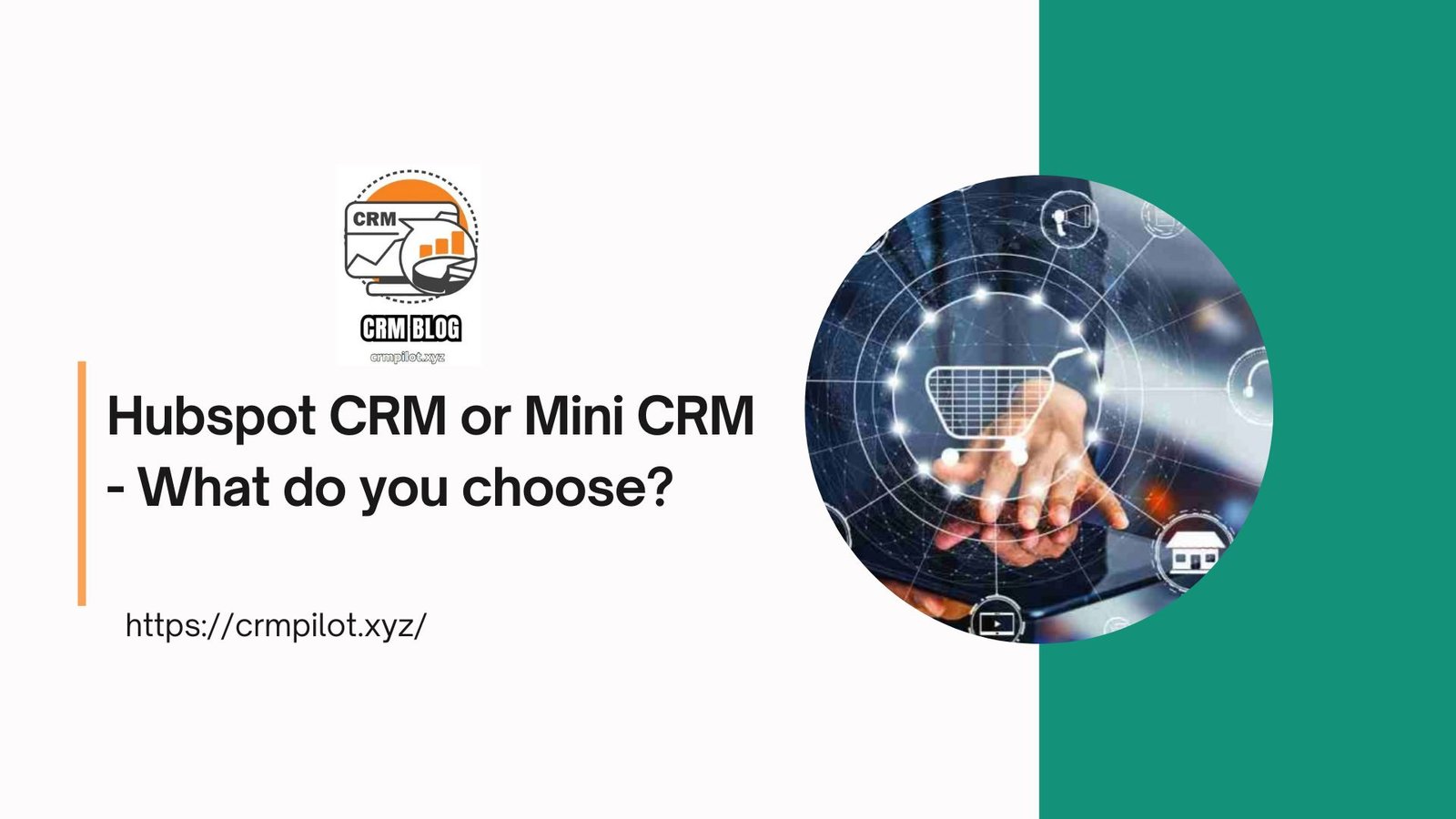
Hubspot CRM or Mini CRM – What do you choose?

The waves of artificial intelligence: how technology changes our life and our business

Create Cosmetic Salon Site | AMC Websoft

Career plan: how can you integrate it into the Onboarding?

